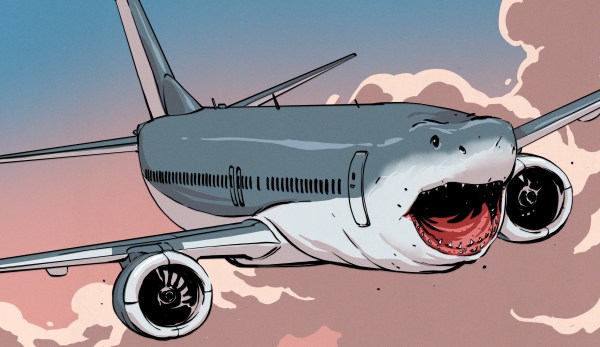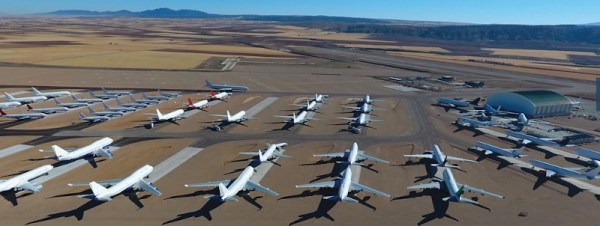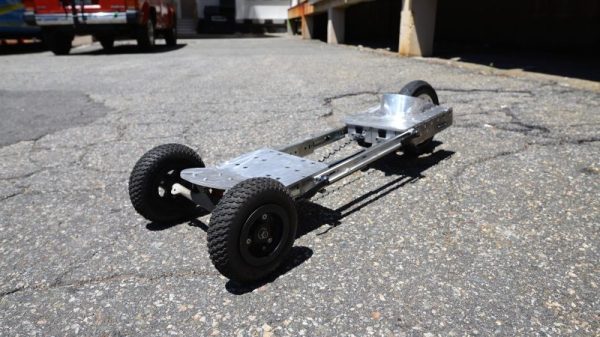The blimp, the airship, the dirigible. Whatever you call them, you probably don’t find yourself thinking about them too often. They were an easy way to get airborne, predating the invention of the airplane by decades. And yet, they suffered—they were too slow, too cumbersome, and often too dangerous to compete once conventional planes hit the scene.
And yet! Here you are reading about airships once more, because some people aren’t giving up on this most hilarious manner of air travel. Yes, it’s 2024, and airship projects continue apace even in the face of the overwhelming superiority of the airplane.
Continue reading “Could Solar-Powered Airships Offer Cleaner Travel?”
















